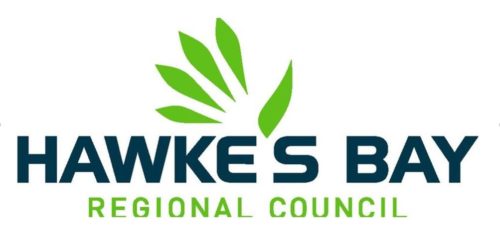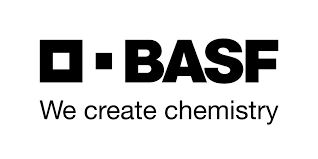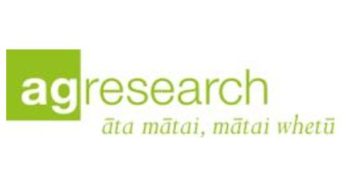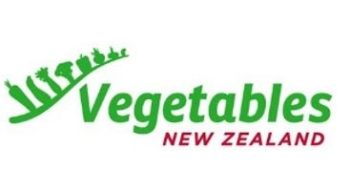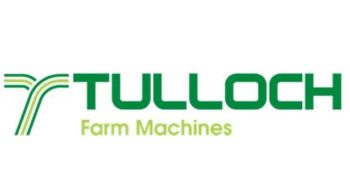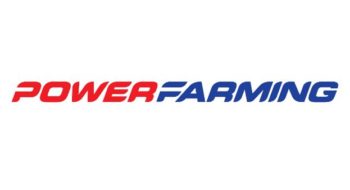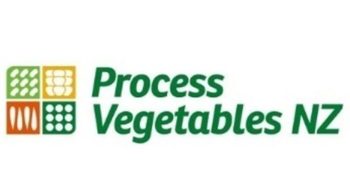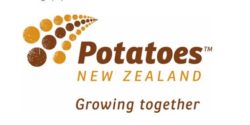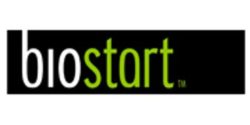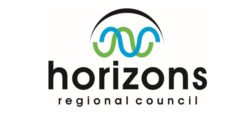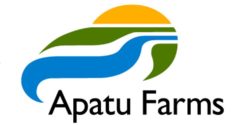We’re pleased to announce the release of our Nutrient Budgeting Templates. Designed to support vegetable growers to budget fertiliser use according to good management practice guidelines the A4 pdf templates rely on nutrient recommendations from Reid & Morton (2019). Crop yield predictions and soil fertility testing are used to determine the optimum rate of Nitrogen and Phosphorus to apply, based on the best trial data NZ has for 12 different vegetable crops.

The LandWISE Nutrient Budget Templates bring together this resource along with FAR’s Nitrate Quick Test Mass Balance tool which allows growers to enter soil nitrate levels using the Nitrate Quick Test. This test can provide growers with soil nitrate levels in less than an hour for about $1. FAR’s tool reliably converts nitrate concentrations (ppm) into kg N/ha.
Nutrient budgets are becoming a necessary process to document the movement of nutrients on and off-farm, and justify fertiliser applications. Nutrient budgets can be used to develop a fertiliser plan, where each paddock or management unit has a clear strategy to maintain, build or mine soil nutrient levels.
View or download the templates below:
Phosphorus Budget Template 02-20
Nitrogen Budget Template 02-20
The Nutrient Budget Templates have been developed as part of Future Proofing Vegetable Production, a three-year project funded by MPI’s Sustainable Farming Fund, Ballance, Horizons, Gisborne District Council, and Potatoes NZ.
We are keen to hear from those using the templates so please get in touch if you have any questions or feedback.















 Do you want to learn more about managing our most precious resource for food production? Do you want to see why and how a soil sample should be taken?
Do you want to learn more about managing our most precious resource for food production? Do you want to see why and how a soil sample should be taken?

 The Visual Soil Assessment (VSA) method uses a series of simple visual checks that are strongly linked to scientific measurements of soil quality. A soil sample is cpompared to sets of three photos, scored and an overall VSA score determined.
The Visual Soil Assessment (VSA) method uses a series of simple visual checks that are strongly linked to scientific measurements of soil quality. A soil sample is cpompared to sets of three photos, scored and an overall VSA score determined. Growers are using the Nitrate Quick Test to determine soil nitrate availability and in many cases reduce side dressing rates, sometimes to nil. It uses a rootzone sample, an extract solution and dipsticks to measure soil solution nitrate concentration. This can be simply converted to kg/ha of available N.
Growers are using the Nitrate Quick Test to determine soil nitrate availability and in many cases reduce side dressing rates, sometimes to nil. It uses a rootzone sample, an extract solution and dipsticks to measure soil solution nitrate concentration. This can be simply converted to kg/ha of available N.
